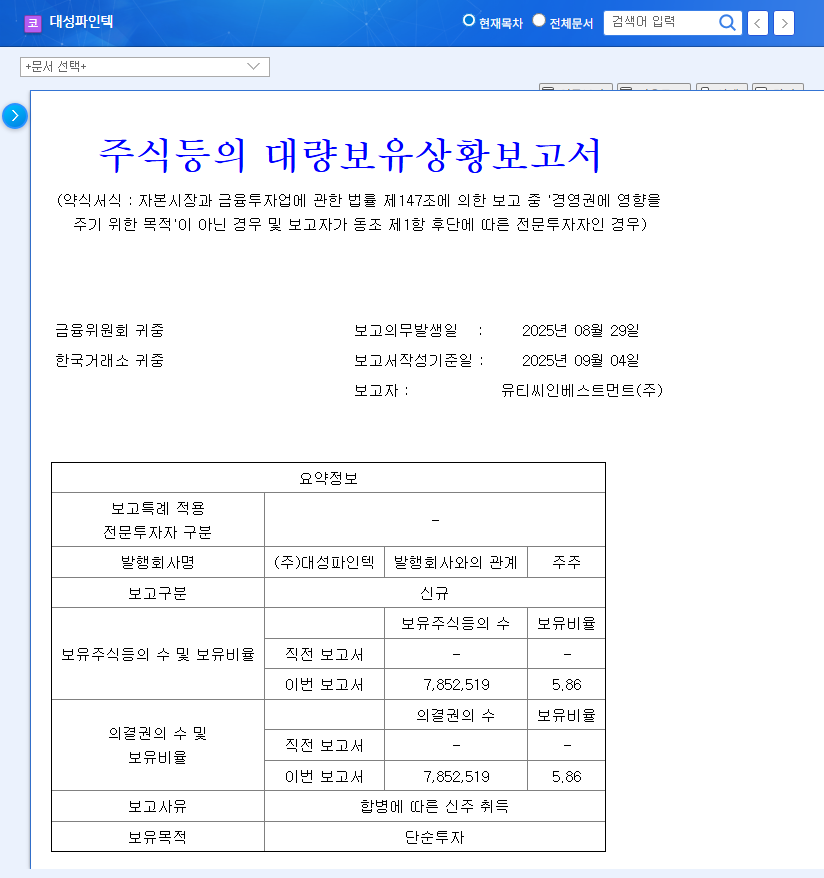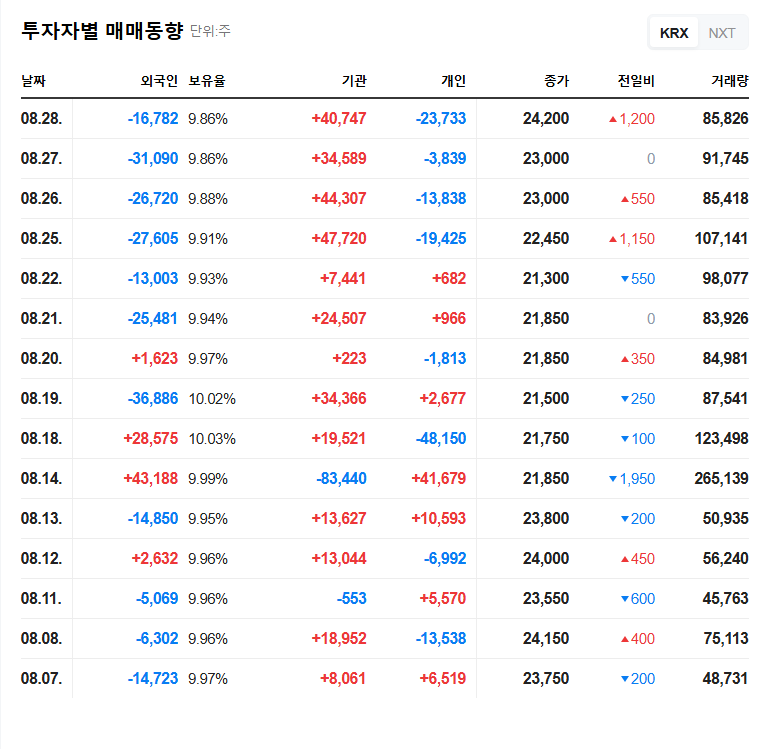
1. Why is Daesung Finetec Entering the Theme Park Business?
Daesung Finetec is entering the Incheon International Airport theme park business to overcome the sluggish performance of its existing Fine Blanking and renewable energy businesses and secure new growth engines. Through the acquisition of Monolith Incheon Park, the company aims to diversify its business portfolio by entering the high-growth potential market of airport resorts and theme parks, anticipating synergy with its renewable energy business.
2. Opportunities and Risks: Bright Future vs. Financial Burden
Entering the theme park business presents both positive and negative aspects. The positive aspects include securing new growth drivers, expectations for future growth, and business relevance. However, negative aspects include increased financial burden, business uncertainty, and the dispersion of management resources. The 8.5 billion won investment could especially strain the financial soundness of Daesung Finetec, given its current trend of increasing debt.
3. Key Checkpoints for Investors
- Business Plan Specificity: Carefully review the detailed theme park business plan, projected profits, and investment recovery period.
- Financial Soundness: Evaluate financial risks by reviewing the financing methods and debt management plan.
- Synergy Effects: Analyze the potential for synergy with existing businesses and confirm the maintenance of competitiveness in core businesses.
- Macroeconomic Variables: Continuously monitor the impact of macroeconomic changes, such as interest rates and exchange rates, on the business.
4. Conclusion: Prudent Investment Decisions Are Necessary
Daesung Finetec’s entry into the theme park business presents a growth opportunity but also carries financial risks. Investors should make prudent investment decisions after comprehensively considering the business plan’s specificity, financial soundness, synergy effects, and macroeconomic changes.
Frequently Asked Questions (FAQ)
What is the purpose of Daesung Finetec’s entry into the theme park business?
To overcome the sluggish performance of existing businesses and secure new growth drivers. The company aims to diversify its business portfolio by leveraging the location of Incheon International Airport and expects synergy with its renewable energy business.
What are the financial risks of this investment?
The 8.5 billion won investment could strain Daesung Finetec’s financial structure. Careful review of the financing and operation plan is necessary, considering the current trend of increasing debt.
What should investors be aware of?
Investors should make prudent investment decisions after comprehensively considering the business plan’s specificity, financing plan, synergy with existing businesses, and macroeconomic changes.












